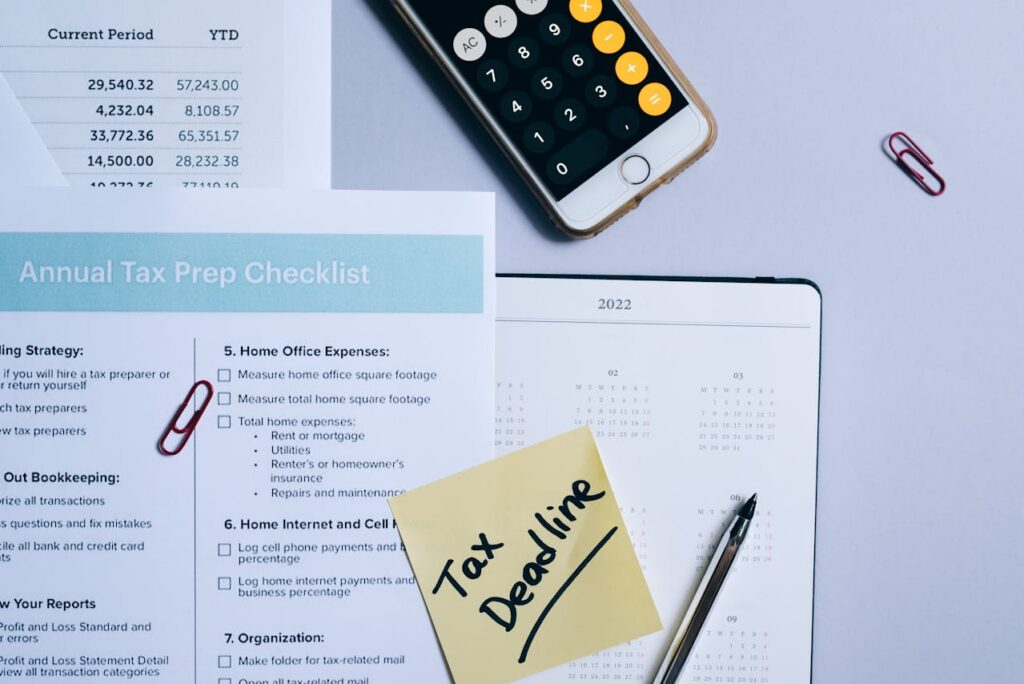Physical Address
304 North Cardinal St.
Dorchester Center, MA 02124
Physical Address
304 North Cardinal St.
Dorchester Center, MA 02124

Managing money can often feel like an endless balancing act. From the morning coffee run to bills, groceries, and spontaneous purchases, it’s easy to lose track of where our hard-earned money is actually going.
But what if I told you there was one simple habit that could transform the way you approach your finances—and it starts with tracking every dollar you spend?
In this article, we’ll explore the power of tracking your spending, how it can bring clarity to your financial situation, and practical steps to get started. Ready to gain control over your finances? Let’s dive in!
Before we jump into the how-to’s, let’s take a moment to understand why tracking your spending is so important. It may sound like a tedious task, but when you really break it down, it’s a game-changer. Here’s why:
Often, we don’t even realize where our money is slipping through the cracks. A couple of extra trips to your favorite coffee shop or a few online impulse buys might seem harmless, but these small purchases add up.
By tracking every dollar, you become more aware of your spending patterns. This awareness is the first step toward regaining control over your finances.
Once you track your expenses, it’s easy to spot areas where you’re overspending. Maybe that subscription service you forgot about is draining your account every month, or perhaps you’ve been buying lunch out more than you realized.
When you know exactly where your money is going, it’s much easier to cut back on the non-essential stuff and focus on what truly matters.

Whether you’re saving for a vacation, paying off debt, or building an emergency fund, tracking your spending is crucial for reaching your financial goals. When you know exactly how much money is coming in and going out, you can create a realistic budget that aligns with your priorities.
Plus, it helps you stay on track, so you don’t end up derailing your goals with unnecessary spending.
Now that we’ve covered why tracking your spending is important, let’s get into how to actually do it. You don’t have to be a spreadsheet whiz to start tracking your expenses—there are several simple methods you can use to make it work for you.
If you’re the type of person who prefers to keep things old-school, tracking your spending with pen and paper can be a simple, effective method.
Grab a notebook and jot down every expense you make, whether it’s a morning coffee, a grocery run, or a bill payment. This method works well for people who like to physically write things down and don’t mind manually calculating their totals.
Pro Tip: At the end of each week, review your spending and categorize your purchases (e.g., groceries, entertainment, transportation) to see where your money is going.
If you’re a fan of technology, there are countless apps and tools available to help you track your expenses automatically. Apps like Mint, YNAB (You Need A Budget), and PocketGuard connect to your bank account and credit cards, categorizing your transactions for you.
These tools can give you real-time insights into your spending and offer personalized recommendations to help you save more.
Many of these apps also allow you to set up budget categories and track your progress toward financial goals, which can help you stay motivated and on target.
If you enjoy getting into the nitty-gritty details of your finances, using a spreadsheet might be your best bet. You can create a custom system with categories that fit your lifestyle, and track your income and expenses on a daily, weekly, or monthly basis.
Google Sheets or Microsoft Excel are excellent tools for this, and there are plenty of pre-made templates available to get you started.
Pro Tip: Create a “Total Expenses” row at the bottom of each month’s sheet, and use the SUM function to quickly see your total spend for the month. This can give you a quick overview of how much you’re spending and where.
For those who prefer a more hands-on approach, the envelope system is a fun and effective way to track spending. Here’s how it works: you divide your budget into cash envelopes (e.g., groceries, dining out, entertainment). Once the envelope is empty, you can’t spend any more money in that category for the month.
This system is particularly helpful for people who tend to overspend in certain areas and need a more tactile way to control their spending.

By now, you might be wondering what’s in it for you. Does it really make a difference in your life? Absolutely! Here’s how tracking every dollar can benefit you:
Tracking your spending makes you more mindful of your financial habits. You’ll start to see where you’re overspending, where you’re saving, and whether your current lifestyle is supporting your goals. This kind of awareness is empowering—it gives you the knowledge to make better financial decisions.

Financial stress is one of the leading causes of anxiety, and not knowing where your money is going only adds to the pressure.
When you track your spending, you gain a clearer picture of your financial situation. This clarity can reduce stress and give you peace of mind knowing that you’re in control.
When you track your spending, it’s easier to identify opportunities to cut back. Whether it’s skipping that daily coffee or canceling an unused subscription, small adjustments can add up. Redirecting these savings toward paying off debt or building an emergency fund can have a significant impact over time.
Tracking your spending makes budgeting easier. Once you have a clear picture of where your money is going, you can create a realistic budget that aligns with your priorities. This budgeting clarity allows you to plan for the future, whether that’s saving for a big purchase, investing, or simply building up your savings.
Let’s be real: tracking every dollar isn’t always easy. It can feel tedious at first, and it may take some time to get used to. But the benefits are well worth the effort. Here are a few tips to help you stay on track:
If you’re using a manual tracking method, it’s easy to forget to jot down your purchases. Set daily reminders on your phone to log your expenses, or use a habit-tracking app to keep you accountable.
If you’re using a digital tool or app, make sure to automate transactions as much as possible. Link your bank accounts and credit cards so your spending is automatically categorized. This saves you time and ensures you don’t miss any purchases.
If you’re just getting started, don’t overcomplicate things. Start with a simple system and gradually add categories as needed. You don’t need to track every penny in the beginning—just focus on the big expenses and work your way down.
Tracking every dollar you spend might seem like a small task, but it’s one of the most powerful things you can do for your financial future. It gives you insight into your habits, helps you identify unnecessary spending, and empowers you to take control of your financial goals.
Remember, it’s not about being perfect—it’s about being mindful and intentional with your money. By creating a system that works for you, staying consistent, and reviewing your spending regularly, you’ll find yourself on the path to financial freedom.
So, are you ready to start tracking your dollars? Your future self will thank you!
Here are what unnecessary debts causes you and 5 ways to escape.